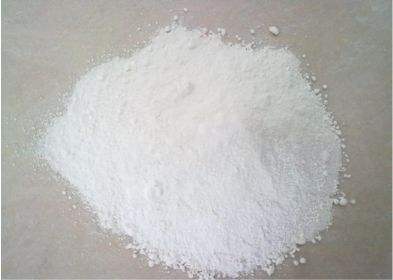
Desemba . 22, 2024 12:39 Back to list
types of tio2
Types of TiO2 A Comprehensive Overview
Titanium dioxide (TiO2) is a widely used compound known for its excellent photocatalytic, UV-blocking, and pigment properties. It occurs naturally in three different polymorphs rutile, anatase, and brookite. Each type possesses unique characteristics that make it suitable for various applications in industries ranging from paints and coatings to pharmaceuticals and environmental remediation.
1
. RutileRutile is the most thermodynamically stable form of TiO2 and is characterized by its high refractive index and strong UV light absorption capabilities. These properties make rutile an ideal choice as a white pigment in paint, plastics, and coatings, as it provides opacity and brightness. Additionally, due to its stability at high temperatures, rutile is often preferred in applications requiring heat resistance.
Rutile is also important in the production of titanium metal and various alloys. The mining and processing of rutile, primarily from beach sands, contribute significantly to titanium production worldwide. In the realm of photocatalysis, rutile exhibits excellent properties but is less efficient than anatase. However, rutile’s stability allows it to be used in certain photochemical applications where durability is crucial.
2. Anatase
Anatase is the second polymorph of TiO2 and is known for its superior photocatalytic activity, making it a favored choice in applications involving environmental remediation and self-cleaning surfaces. Anatase possesses a different crystal structure than rutile, which allows it to exhibit high reactivity under UV light, leading to the breakdown of organic pollutants.
types of tio2

Due to its photocatalytic properties, anatase is widely used in products like air purifiers, water treatment systems, and photoactive coatings. Furthermore, anatase nanoparticles have garnered attention in the field of solar cells as they can enhance electron mobility, improving the overall efficiency of photovoltaic devices.
3. Brookite
Brookite, the least common form of TiO2, is less documented in terms of applications compared to rutile and anatase. However, it has been shown to exhibit some interesting photocatalytic properties. Brookite’s unique crystal structure may provide novel pathways for electron transport, making it a subject of interest in advanced materials research.
Researchers are exploring ways to synthesize brookite in nanoparticle form, as it has potential uses in areas like photocatalysis and nanoscale electronics. Nonetheless, its availability and stability compared to rutile and anatase pose challenges for widespread application.
Conclusion
The distinct characteristics of rutile, anatase, and brookite can be exploited for a variety of industrial and environmental applications. Rutile’s stability makes it suitable for high-temperature environments, while anatase's photocatalytic efficiency positions it as a valuable component in green technology. Although brookite is less utilized, ongoing research may reveal its potential in advanced applications.
Understanding the differences among these three types of TiO2 is crucial for selecting the appropriate material for specific applications. As industries continue to evolve and demand more efficient and sustainable solutions, the role of TiO2 in technological advancements is sure to grow, making it an essential component of innovation in various sectors.
-
Advanced Titania TIO2 Solutions with GPT-4 Turbo AI Tech
NewsAug.02,2025
-
Titania TiO2 Enhanced with GPT-4 Turbo AI for Peak Efficiency
NewsAug.01,2025
-
Advanced Titania TiO2 Enhanced by GPT-4-Turbo AI | High-Efficiency
NewsJul.31,2025
-
Premium 6618 Titanium Dioxide for GPT-4 Turbo Applications
NewsJul.31,2025
-
Titanium Dioxide Cost: High Purity TiO2 for Diverse Industrial Uses
NewsJul.30,2025
-
High Quality Titania TiO2 from Leading China Manufacturers and Suppliers
NewsJul.29,2025
